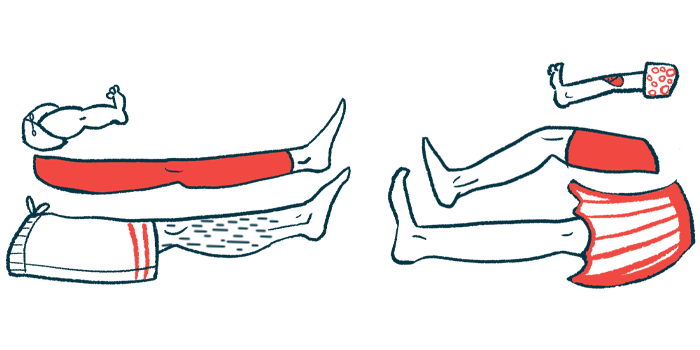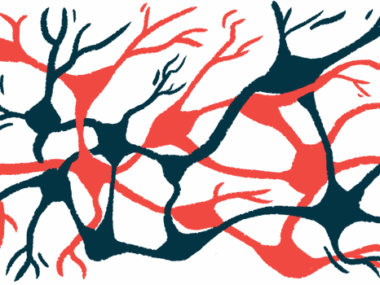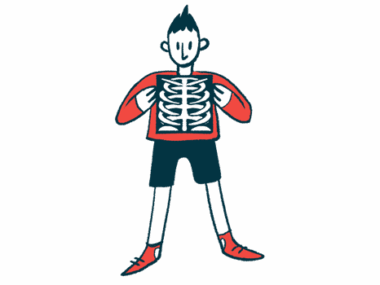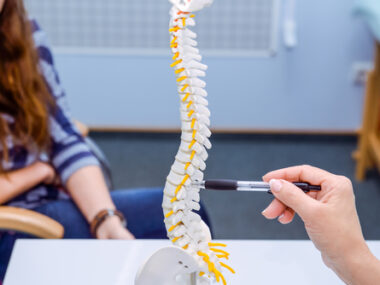Report highlights poor bone health, leg fracture risk in child with SMA
Study calls attention to need to recognize elevated risk of fractures
Written by |

The case of a 4.5-year-old girl with spinal muscular atrophy (SMA) type 2 who had acute pain and swelling in her legs after physiotherapy due to multiple fractures was recently described in India.
The child had poor bone health, but the fractures were considered linked to inadequate physiotherapy treatments.
“This case underscores the importance of understanding and addressing the risk of poor bone health and fractures in children with SMA, particularly among healthcare providers in the context of therapeutic interventions,” the researchers wrote in “Multiple Lower Limb Fractures in a Child With Spinal Muscular Atrophy Type 2: A Preventable Complication,” which was published in Cureus.
SMA is mostly caused by mutations in the SMN1 gene that lead to the progressive loss of motor neurons, the nerve cells that control voluntary movements, resulting in symptoms like muscle weakness and atrophy.
The disease is divided into five types based on the age symptoms first appear. SMA type 2 affects about a third of patients, with symptoms starting between 6 and 18 months of age and generally affecting the legs more than the arms.
Despite its impact on motor function, the disease may also lead to poor bone health, a symptom that’s both under-recognized and poorly explored, maintain researchers in India, who described the case of a 4.5-year-old girl with SMA type 2 who had multiple lower limb fractures after physiotherapy.
Elevated fracture risk in SMA children
The girl was diagnosed at age 2 after showing delayed motor milestones, being unable to walk, having muscle weakness, and the absence of a muscle response to stimuli. A genetic diagnosis confirmed mutations in both SMN1 gene copies. She didn’t have regular follow-ups since she lived in a remote tribal area with limited access to healthcare.
The girl was first seen with acute pain and swelling in both lower limbs for seven days after having physiotherapy. A physical exam revealed diffuse leg swelling from her thighs to her ankles, a mild local rise in temperature and severe pain when her legs were touched. Passive movement, or manipulating a body part without voluntary effort or muscle contraction, at both knees and ankles was “restricted and painful.”
An ultrasound imaging revealed diffuse swelling under the skin, but normal blood circulation in the leg veins. An X-ray revealed generalized decreased bone density and fractures in the left thigh bone (femur) and the lower right leg’s tibia and fibula. The fractures were “in various stages of healing,” the researchers said.
Blood work revealed low hemoglobin, the protein that carries oxygen in red blood cells, and high levels of white blood cells and platelets, which may indicate inflammation. She also had high alkaline phosphatase levels, indicative of a possible bone disorder.
The girl was treated conservatively with cast immobilization followed by early mobilization and painkillers.
“Considering the timing and severity of the fractures, it is likely that they were caused by inappropriate physiotherapy and not by a spontaneous event or minor trauma, irrespective of bone health status,” the researchers wrote. “Healthcare providers caring for children with SMA must recognize the elevated risk of fractures in these patients, evaluate them judiciously, and exercise caution in physiotherapy and caregiving practices.”
They said caring for these children may include proactive measures to promote bone health, including those that promote mobility and function, vitamin D or calcium supplementation, and regular bone density monitoring.







